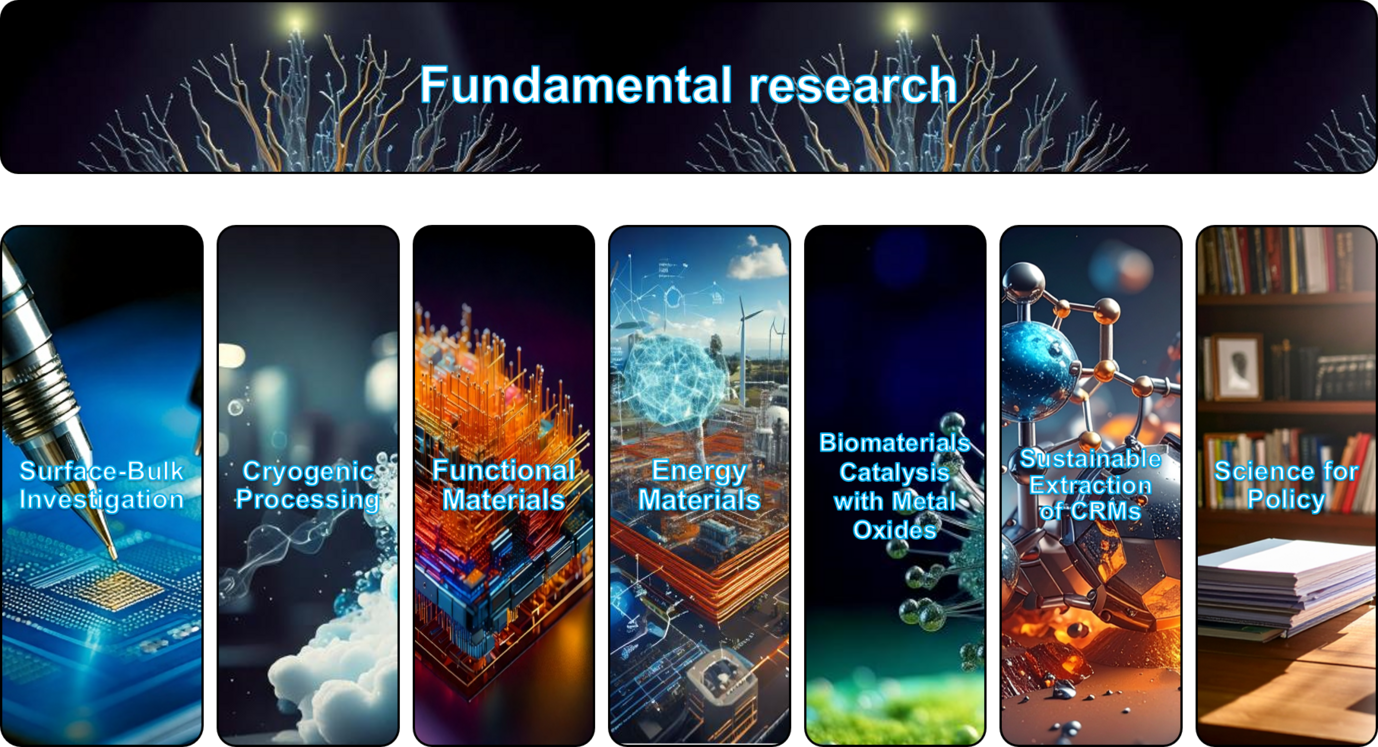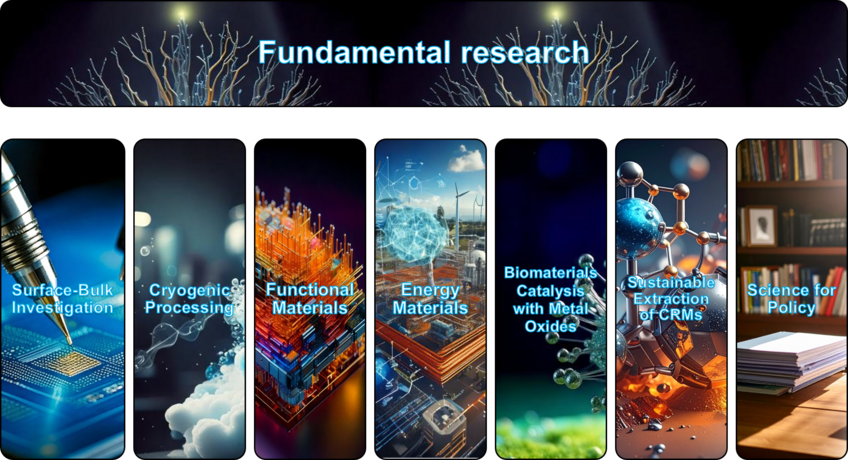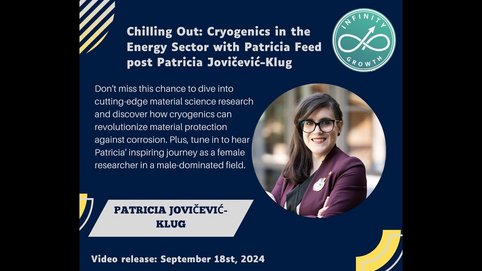
Surface Science for Future Materials
Investigating (geo)chemical, solid state physics, catalysis, corrosion and tribological interactions of the surface to bulk level using surface analysis and advanced methods of testing (synchrotron and neutron tehniques).
The Surface Science for Future Materials (acronym Surfaces) group is Interface Chemistry and Surface Engineering departmental group and works closely between departments of Interface Chemistry and Surface Engineering and Microstructure Physics and Alloy Design within the institute, which means it works cross-disciplinary and collaborate with internal and external collaborators (national and international).
The main goal of the group is to understand complex surface-bulk material interactions in an in-depth manner from different perspectives. The focus of the group is understanding the mechanism(s) between the surface and underlying bulk material (e.g. interfaces, catalysis, corrosion, geochemistry, wear, tribocorrosion, magnetism etc.).
Metallic material properties, processing and environmental issues require a good understanding in order to improve material performance and reduce environmental impact (lower greenhouse gas emissions, waste and unwanted by-products). Especially metals (ferrous and non-ferrous alloys) used in a high demanding environment, where their properties dictate their applicability in various fields, such as energy sector, transport sector, medicine, tool industry etc.
Group Surface Science for Future Materials carries out research by combining novel processing techniques (e.g. cryogenics), and state-of-art surface, chemical, magnetic and tribological experimental methodologies (e.g. AFM, SKP, XPS, EBSD, EDX, (S)TEM, APT, MOKE, VSM, piezoelectricity, electrochemistry, tribological testing and advanced characterisation (synchrotron and neutron level)) in order to:
- fundamentally understand bulk-surface and interface processes, including catalysis
- thermochemical and biological extraction and recyling of CRMs (REEs, PGMs etc.)
- (geo)chemical analysis of raw materials and metallic materials
- corrosion, chemistry, and surface science form the metallurgist´s perspective: how can the microstructure and composition of the material be optimised for corrosion performance and other properties such as wear, friction, etc, improving materials (raw or recycled material) properties and processing of them in an environmentally-friendly and sustainable ways that also deliver lower production and maintenance costs
- support science for policy and policy for science changes and implementations
- support development and application of (deep) cryogenic treatment for science, energy, medicine and industry

The group acts as a connecting entity between several MPI SusMat groups through strong synergetic collaboration with following groups
- Sustainable Magnets and Recycling
- Corrosion
- Spectroscopy at Electrochemical Interfaces
- Atom Probe Tomography
- Sustainable Synthesis of Materials
- Microscopy and Diffraction
- Nanomechanical Instrumentation and Extreme Nanomechanics – XNano
- Microstructure and Interfaces of Battery Materials
- Interfacial processes/reactions at the atomic scale
National and international collaborators:
- Karlsruhe Institute of Technology (KIT), Germany
- University of Kiel, Germany
- Synchrotron Elettra and FERMI, Italy
- Budapest Neutron Centre, Hungary
- Paul Scherrer Institute (PSI), Switzerland
- Nanocenter, Slovenia
- Jozef Stefan Institute, Slovenia
- National Instiute of Chemistry, Slovenia
- Sungkyunkwan University, South Korea
- Australian Nuclear Science and Technology Organisation (ANSTO), Australia
- University of Sydney, Australia
- kiutra, Germany
- Senai FIEMG, Brazil
- National Research Council of Italy (CNR)
- Forschungszentrum Jülich, Germany
- InnoRenew CoE, Slovenia
- Tehnische Hochschule Georg Agricola, Germany
- Zollverein - UNESCO, Germany
- Heinrich Heine University Düsseldorf, Germany
- DLR, Germany
- BAM, Germany
- University of Bochum, Germany
- IPEN, Brazil
- EIT Raw Materials, Belgium
- MPI for for Chemical Energy Conversion, Germany
Past Conferences
- SuCiMat 2025, Saarbrücken, Germany
- Sardinia 2025, Sardinia, Italy
- WIEM 2025, Jülich, Germany
- MC Conference 2025, Karlsruhe, Germany
- JEMS 2025, Frankfurt, Germany
- REPM 2025: Advancing Permanent Magnet Science on a Global Stage, Tsukuba, Japan
- 4th Materials Science Colloquium 2025, Arlberg, Austria
- SAS 2024, Taipei, Taiwan
- IEEE AtC-AtG Magnetics Conference 2024, online
- MSE 2024, Darmstadt, Germany
- EUROCORR 2024, Paris, France
- ICEC/ICMC 2024, Geneva, Switzerland
- SWE 2024, Munich, Germany
Videos about Energy Sector and Cryogenic Treatment
Cryogenic Treatments in Energy Sector
Deep Cryogenic Treatment of Metals

